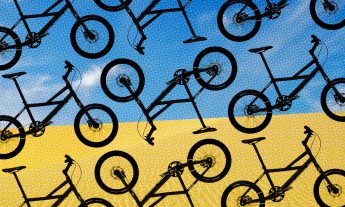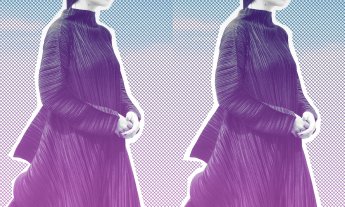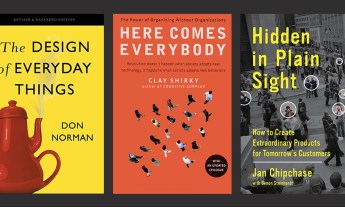Design icon John Maeda shares the everyday objects (well, non-objects) he can’t live without.
When most people think of design, they think of objects. Lights, chairs, cars … tangible things that we can ooh and aah over. That’s why it’s surprising to hear designer John Maeda (TED Talk: How art, technology and design inform creative leaders) declare himself a “post-possessionista” — and argue that he’s absolutely not the right person to kick off a series called “What designs do you love most?” Not so fast, Mr. Maeda.
 “Post-possessionista” might sound weird, but what Maeda is describing actually pinpoints a movement that’s been bubbling up in our culture for some time. It’s that shift away from owning to leasing, from buying to borrowing. And frankly it’s appropriate that Maeda should live the theme; he’s always been good at this game. As an early proponent of the power and possibility of interaction art and design, he spent more than a decade at MIT’s Media Lab before becoming president of the Rhode Island School of Design. Last year, he ditched the East Coast to head west as design partner at the VC firm Kleiner Perkins, and as the chair of eBay’s design advisory board, an invaluable figure explaining and embodying the power of design to business. Happily living in an Airbnb rental, and living life as a 24/7 art project, Maeda is essentially an unofficial ambassador for the design field at large. Here, he shares the five non/objects he can’t live without. Please note: not an Eames lounger in sight.
“Post-possessionista” might sound weird, but what Maeda is describing actually pinpoints a movement that’s been bubbling up in our culture for some time. It’s that shift away from owning to leasing, from buying to borrowing. And frankly it’s appropriate that Maeda should live the theme; he’s always been good at this game. As an early proponent of the power and possibility of interaction art and design, he spent more than a decade at MIT’s Media Lab before becoming president of the Rhode Island School of Design. Last year, he ditched the East Coast to head west as design partner at the VC firm Kleiner Perkins, and as the chair of eBay’s design advisory board, an invaluable figure explaining and embodying the power of design to business. Happily living in an Airbnb rental, and living life as a 24/7 art project, Maeda is essentially an unofficial ambassador for the design field at large. Here, he shares the five non/objects he can’t live without. Please note: not an Eames lounger in sight.
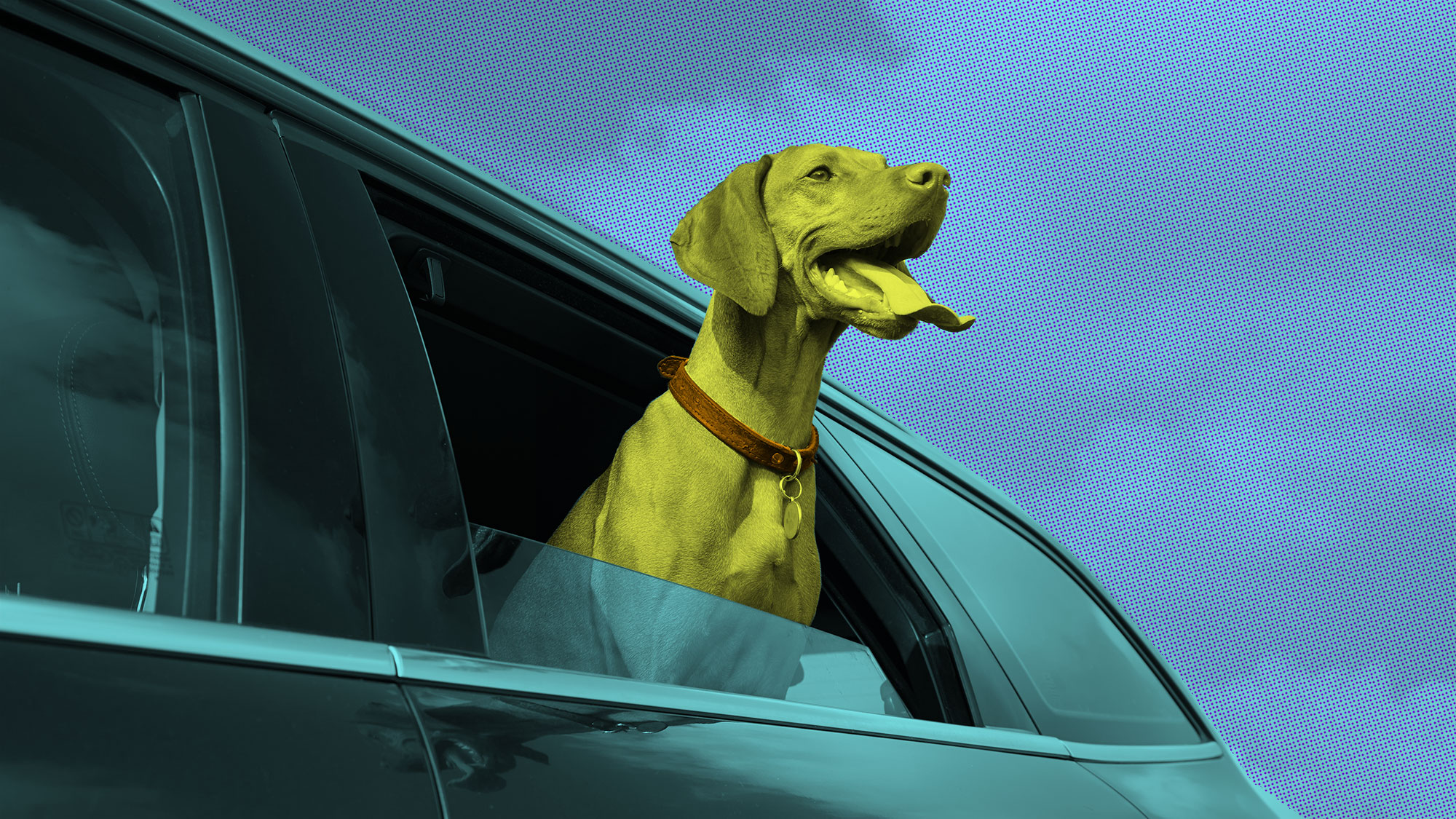
The freedom of the Uber driver.
“When I moved to California I initially rented a car. I was going to buy one, and then I thought, ‘well, what if I just UberX everywhere?’ It might cost a similar amount, I don’t own anything in the process, but I might meet some interesting new people. So now I use UberX exclusively, and I really think of it as one of today’s great designs. But not because of the app. I love how it’s random people picking you up. I mean, it’s kind of like hitchhiking — I’m getting in your car and I shouldn’t be getting in your car, but I’m in your car. You pay someone; you don’t really know them. Yes, they’ve been checked out, but it’s weird. But for them, this is the best job ever. They press a button to start working, they press a button to stop working — maybe to be with their family in the middle of the day, or even to work at their regular job — and they press the button again when they want to go back to work for Uber. The majority of drivers seem so fulfilled by this freedom of choosing when to start and end work with the press of a button. They make me want to go out and buy a car just so I can drive an Uber too.”
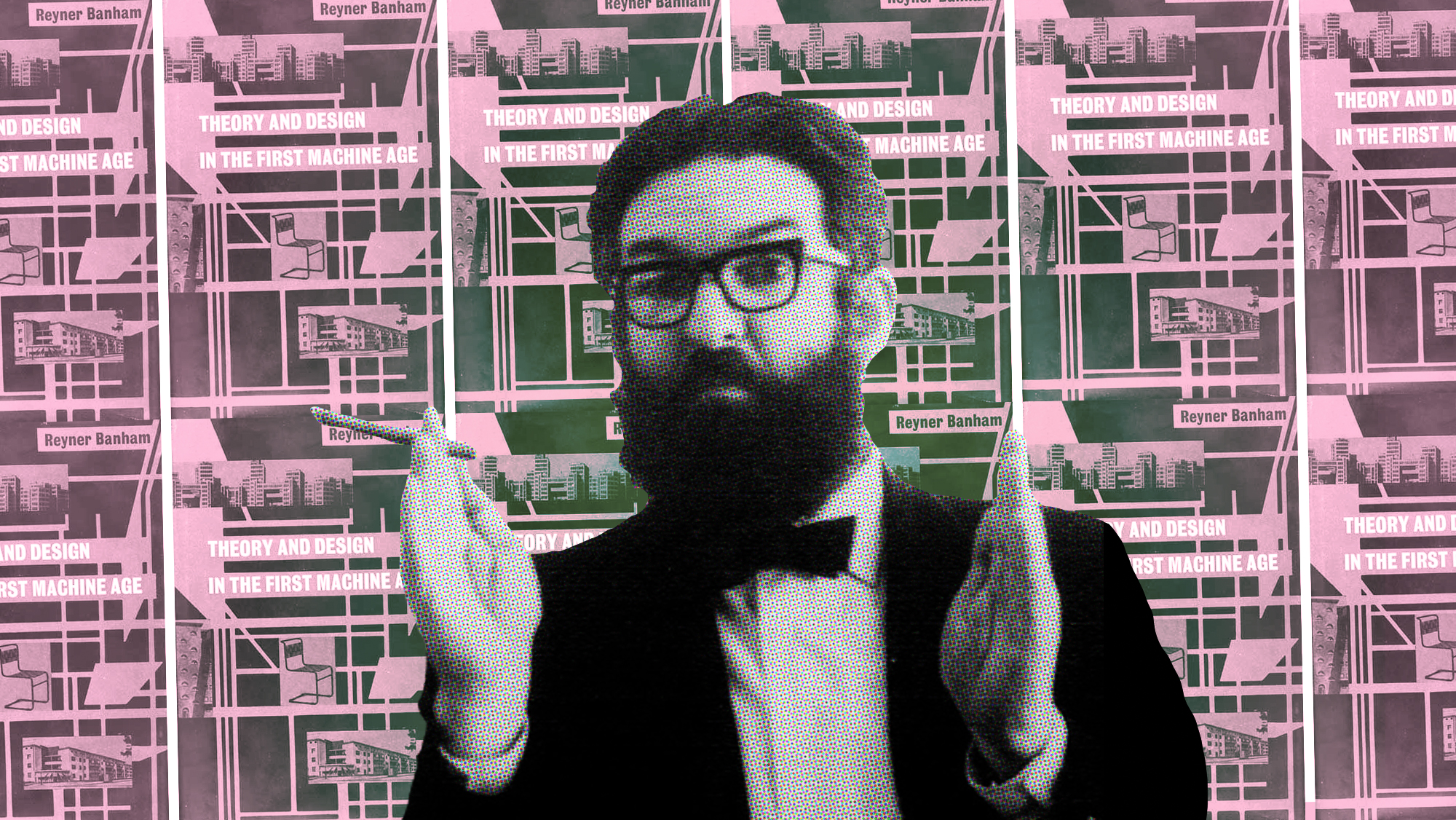
Reyner Banham’s Theory and Design in the First Machine Age.
“When I was at RISD, I obviously lived in the president’s big fancy house. It was huge! I only lived in a hotel room-sized part of it, which is more my style, but I had to entertain a lot so I also bought all this furniture to make it look like I lived large there. When I left, I realized that I really had no place to put everything, so I had to do something with all that stuff. So I gave it away — including my books. I had a couple thousand of them, and I donated them or got rid of them. That is, all apart from about 20 titles. That includes this book by Reyner Banham, which is truly one of my favorites. I love this book! It’s so funny, it’s so dry and it does such a good job of describing what happened when machines emerged, the Futurists, all that stuff. Initially I wondered if I’d be able to cope without everything, but six months later, I seem to be doing just fine.”

How Paola Antonelli thinks.
“I’ve known Paola (TED Talk: Why I brought Pac-Man to MOMA), the senior curator of architecture and design at the Museum of Modern Art in New York, for a long time, and I love the way she thinks. She collects weird things, which I deeply appreciate. My favorite Paola-ism came from when she wanted to put the 747 in the MOMA — by putting an accession number onto the plane itself. I love this idea so much. She didn’t need to have the physical plane itself, but just wanted to put an accession sticker onto the jet when it was on Earth. I find that so weird and liberating. Whenever I feel a bit lost, I have this as one of my favorite ‘thinking objects’ and I love to get lost in thinking about it.”
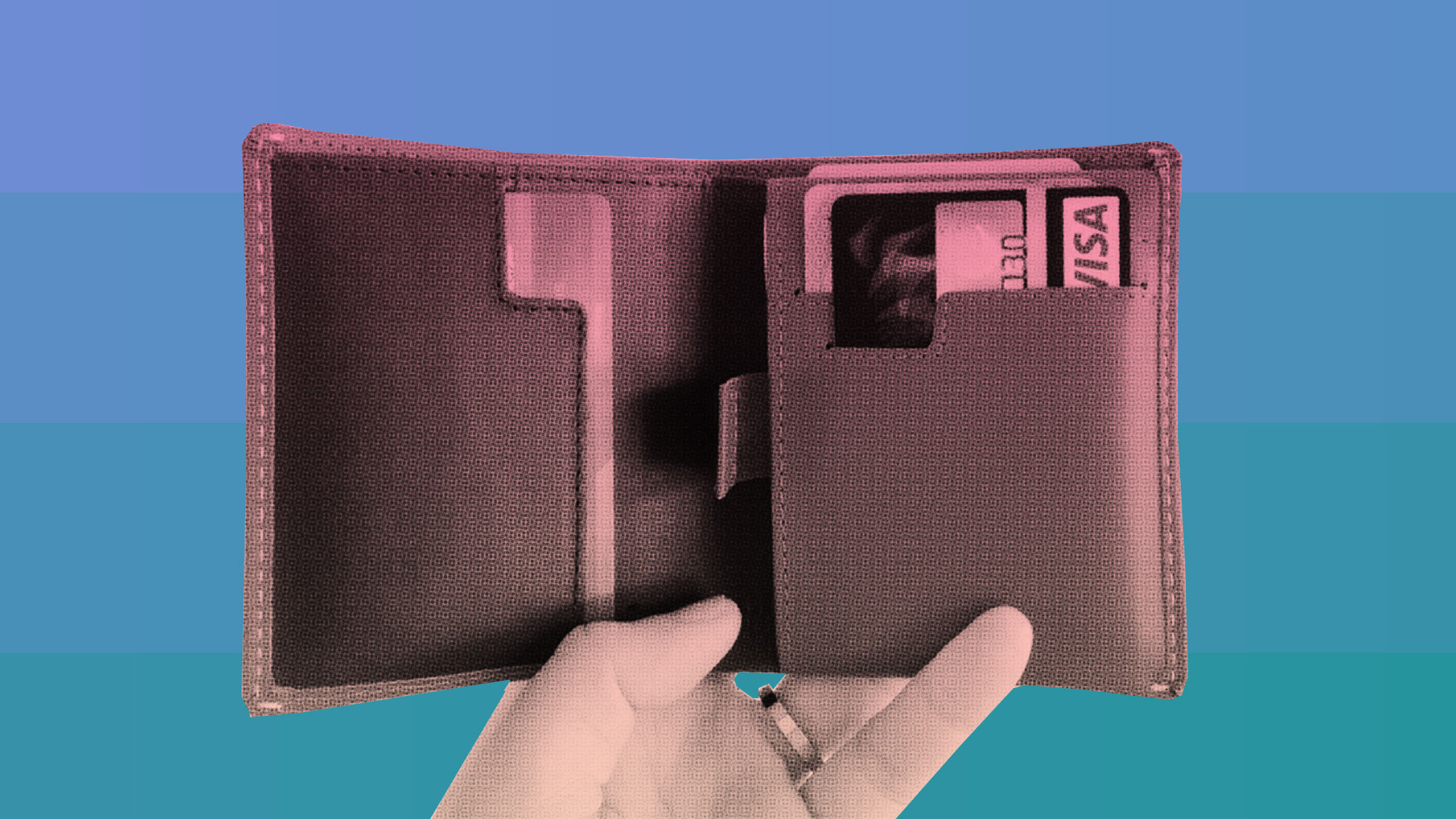
My children, in my wallet.
“I do like to hold onto real pictures of my children. In fact, I’m like a kleptomaniac; I’ll steal their pictures and put them in my wallet. They’re like little sources of energy for me, kind of like an anti-kryptonite. As for the wallet itself, well, that’s a topic I’ve been researching for at least 15 years. I have bought so many “slim wallets” on Kickstarter that turned out to be useless. Then, about a year ago, I did a Google search for “men’s slim wallet” and I found this company in Australia: Bellroy. They make these amazing variations of men’s wallets that are slim, and they’re a good, decent price. I modify it to be slimmer, and it’s inexpensive enough that you can just toss it out later. It’s not that precious, and there are different color variations so you can make it different. I think it’s the ultimate men’s wallet — that’s not crowdfunded, and just made deliberately by a company, the old-fashioned way.”
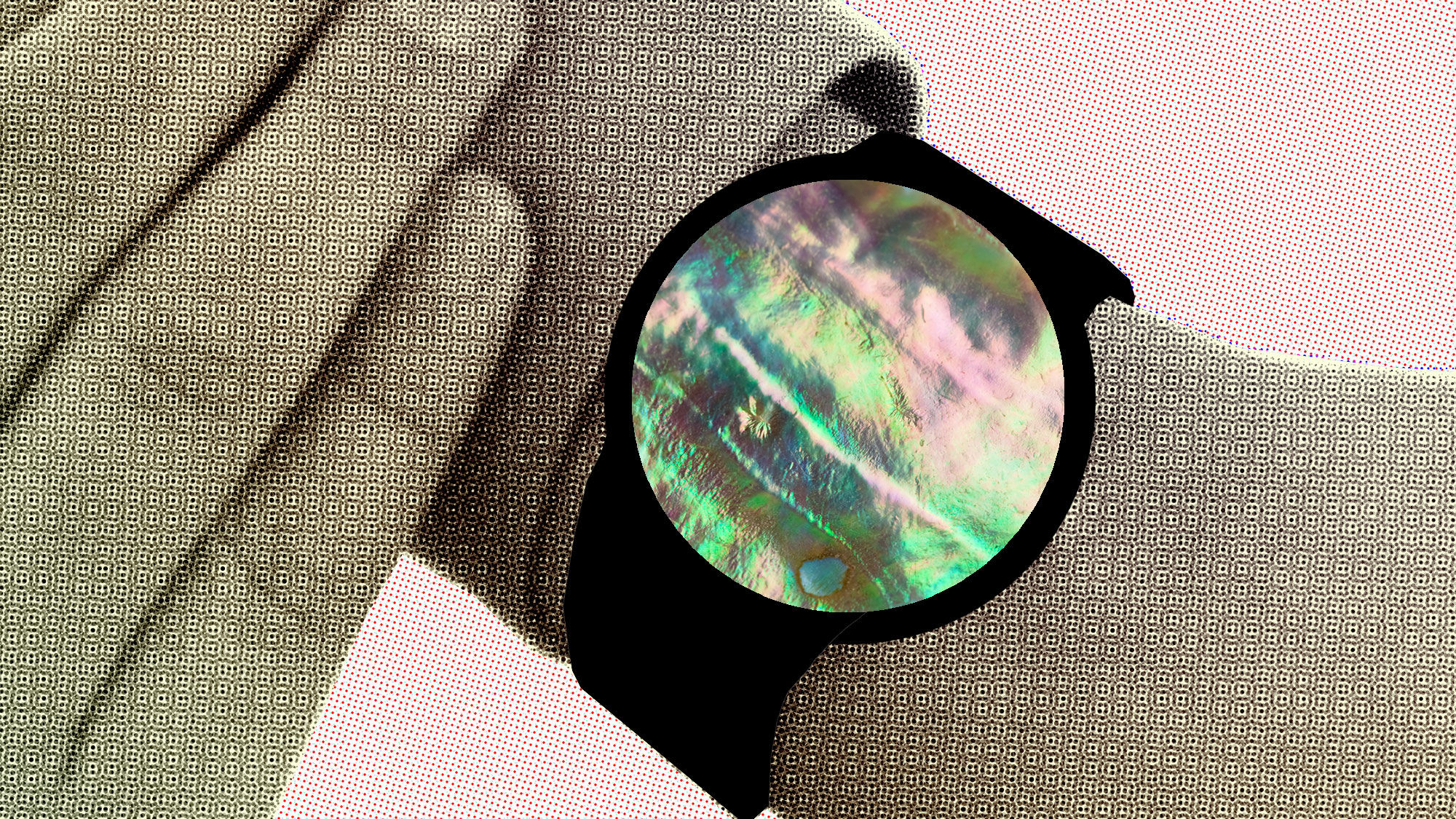
A watch that’s not a watch.
I never had that desire for an Omega or fancy watch. But I now wear a Misfit Shine on a wristband, which looks like a watch. Only, I don’t wear it to tell time or to tell my fitness level. In fact, I really don’t know why I wear it, because in fact it can barely tell the time; you have to tap it twice and it never works. I like it because it takes a lithium cell so I don’t have to recharge it — but then it turns out I don’t use the information. And yet, I have to wear it every day. I need to figure out why I wear it. I suppose it’s sort of comforting for me to have a watch, and I like not having to recharge such a high-tech device, and I like the fact that it’s sort of current, but I know I don’t use it at all. Why do I wear this thing? I have no idea. It’s just comforting.
Photo illustrations by Kelly Rakowski.
[ted id=1571]
[ted id=172]
[ted id=427]










